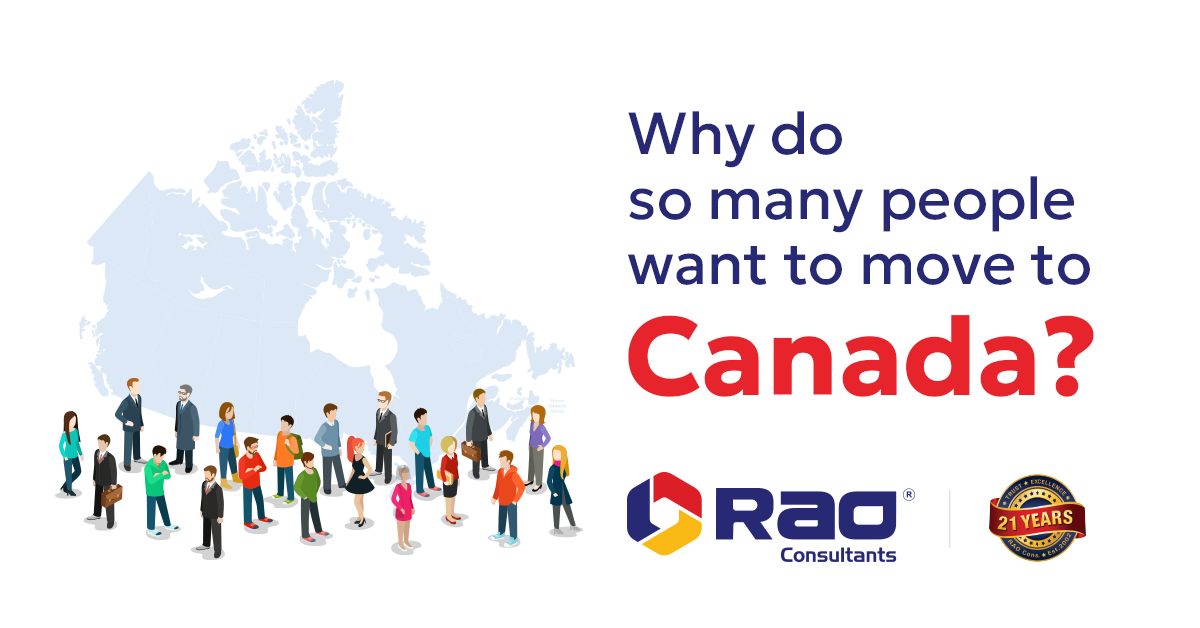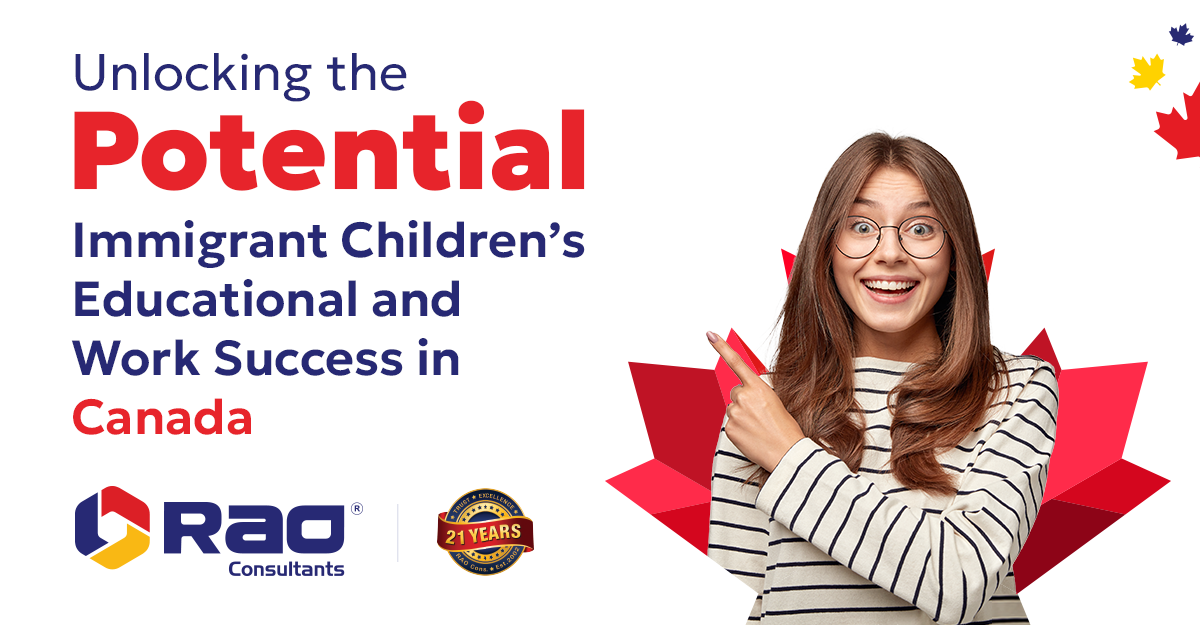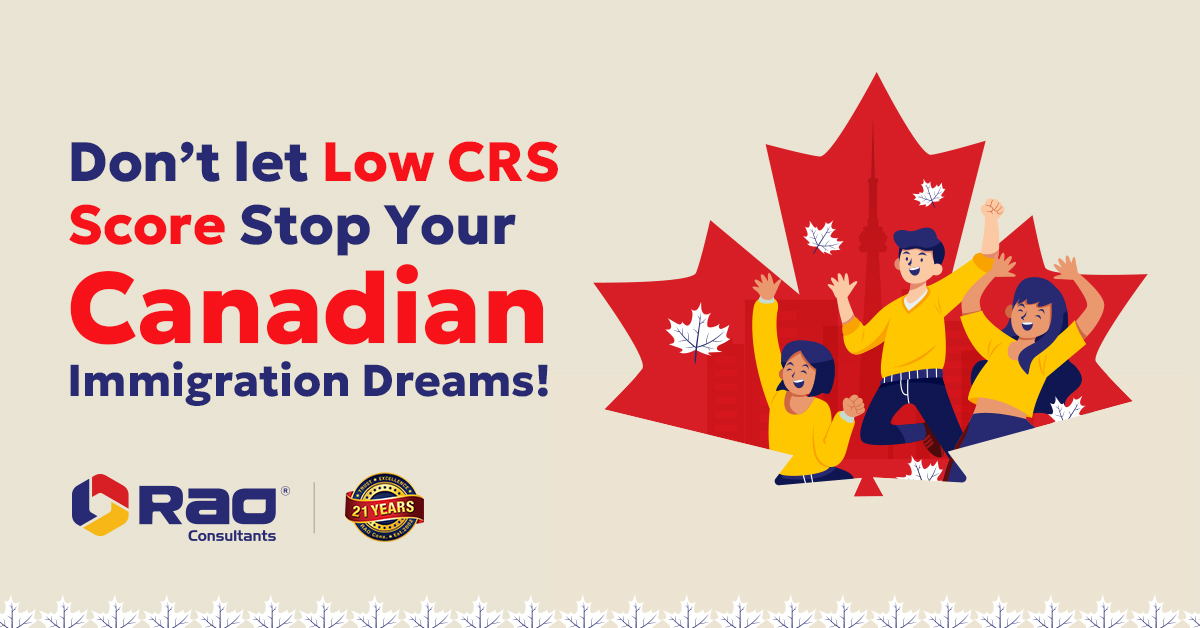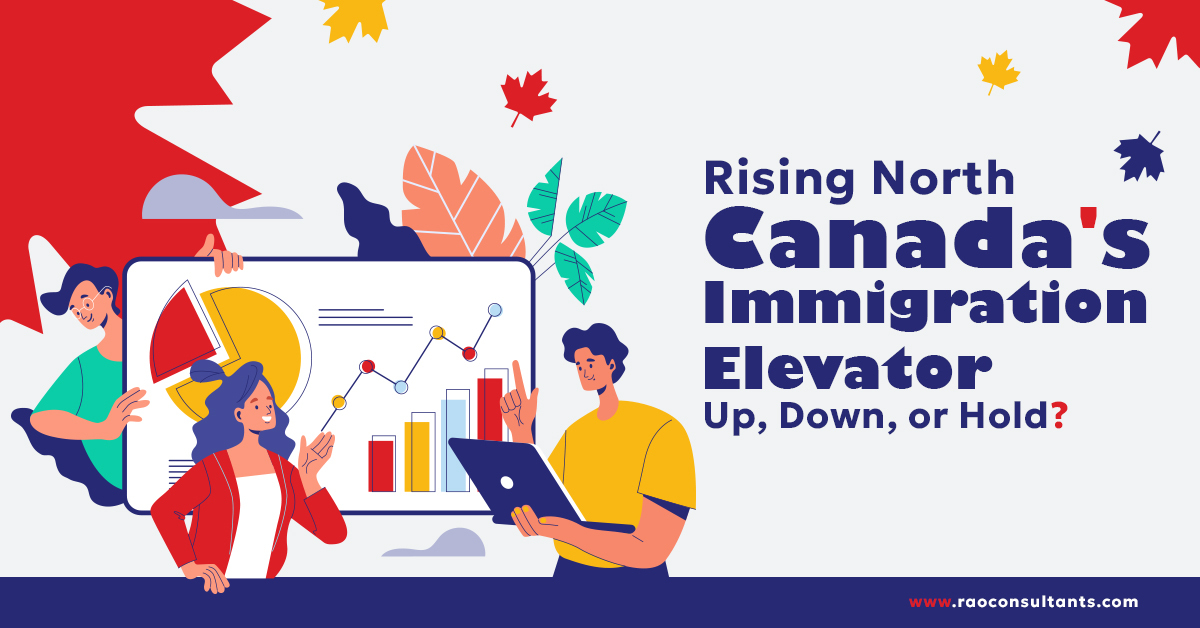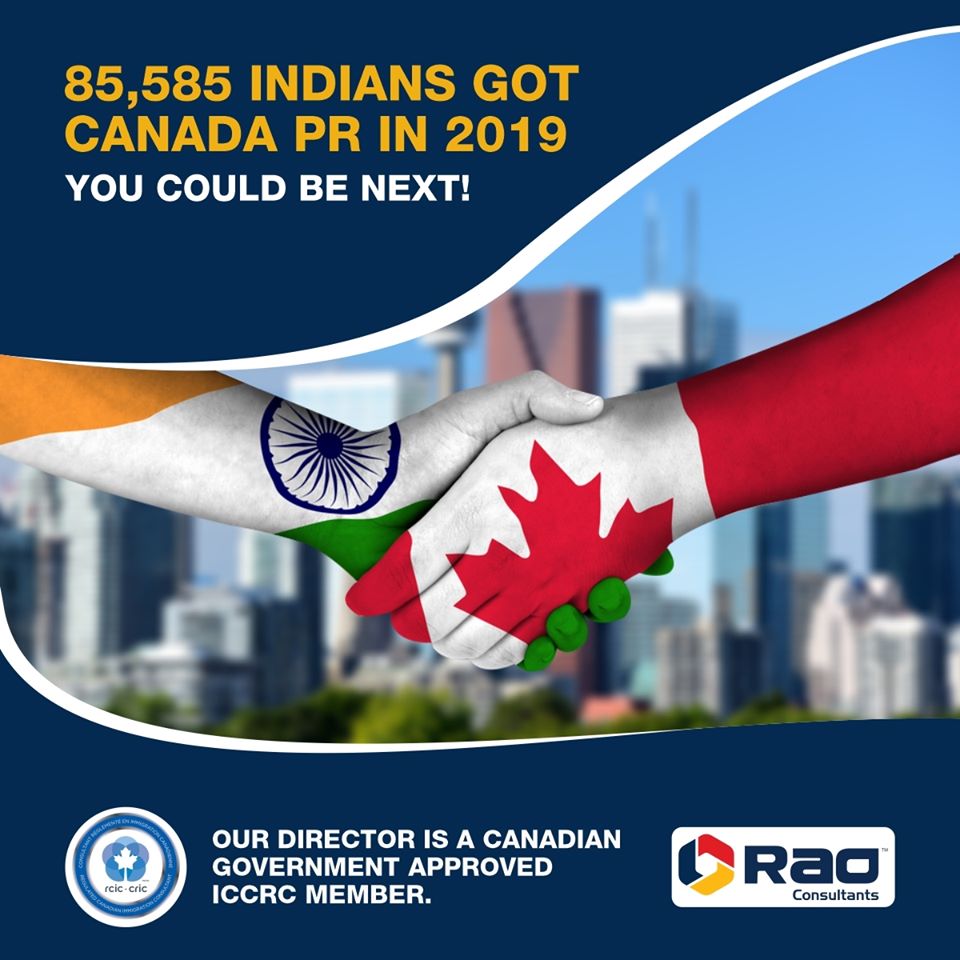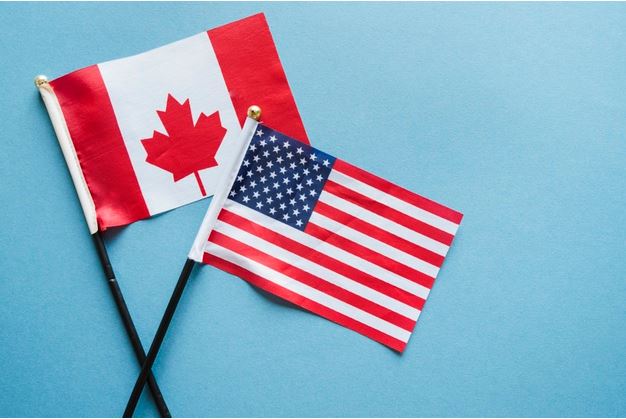Rejection of any kind can be very heart-breaking and demotivating. Having your application for a visitor visa turned down can be awful and upsetting. There is still hope, though. If you are a candidate who got his visitor visa rejected, this blog is best to learn what to do if your visitor visa is turned down. It will also help you get through this tough time by giving you useful tips and information.
Understanding Visitor Visa Rejection
There are many reasons a visitor visa could be turned down, such as, but not limited to:
- It wasn’t clear why the trip was made.
- Not enough personal wealth in the home country
- Not enough or too little evidence to support the case
- Because the applicant’s job situation is unstable,
- The difference between the length of stay and the amount of the fund
- If there are strong family links, an individual application may be turned down.
- A lack of trip records
- Not having enough proof that the person is a permanent resident or citizen of the country
- Any past overstaying in the country
- Not having the right papers in their home country
- One or more other reasons
How to Understand the Rules for a Visitor Visa
The Procedure for getting a Temporary Resident Visa (TRV) is very thorough, and it usually takes between two weeks and four months. A lot of people get turned down for it, and that number can go up even more if you apply on your own.
The process of applying for a Temporary Resident Visa can be hard. It can be hard to make sure that all the necessary paperwork is included with the application because so much personal, family, and work information is asked for.
For people applying for a Visitor Visa Process, there is no official interview that must be done in person. The immigration officer will make a choice based on the documents that were attached to the application and how available and complete they were. Your chances of getting a visitor visa can go up a lot if you have an experienced consultant for your application review on your side.
Reapplying Visa Process
As far as the rejection on a visitor visa is concerned, here are some solutions that you can look for as per your profile or rejection.
Asking for a Reconsideration
The refusal of a visa is not final. If your application was turned down, you could ask the immigration office to look it over again by saying that the information they had was wrong or missing.
Do make sure that you include all of the necessary supporting documents and important information in your answer. Talking to an experienced and skilled immigration lawyer will help you come up with a strong answer.
Putting In a New Application
You can also think about submitting a new application if you can show that your reasons are valid this time. You will be able to send in more information to support your new application if anything changes in your daily life.
Looking over your visa application that was turned down will help you figure out how to make the reasons for the refusal stronger so that is accepted on the second go. If you didn’t include enough proof of your financial details in India in your first application, make sure that the new one includes enough information about both the old and new details.
To Conclude,
We, at Rao Consultants, understand what happens when a visitor visa faces rejection and we have come across various cases where have been misled, had missing information, or in general, was not correctly filled in.
With 20+ years of experience in the immigration industry, we strive to provide you only with what suits your profile when it comes to visitor visas. Even if your application is rejected once, we can help you pass through that via solutions as per your rejection reasons.
Our experts have the correct knowledge that can help you get your visitor visa without any hassle and you can seamlessly plan your journey to visit a foreign land for any reason.
Are you looking for a visitor visa without any hassle?
Book a consultation with us today!

